The National Child Nutrition Conference is officially underway! Monday was an exciting preconference day filled with invaluable sessions, networking opportunities, and in-depth discussions on child nutrition programs. Here’s a recap of the day’s events:
Read MoreDo CACFP operators need to provide one whole grain-rich grain per day when serving infants?
Read MoreToday, April 10th, two important CACFP bills were re-introduced in Congress. The Child Care Nutrition Enhancement Act and Early Childhood Nutrition Improvement work together to provide much-needed improvements for the CACFP and address challenges faced by CACFP operators.
Read MoreAs part of the Make America Healthy Again (MAHA) agenda, U.S. Secretary of Agriculture Brooke Rollins and U.S. Health and Human Services Secretary Robert F. Kennedy Jr. visited Ferdinand T. Day Elementary School in Alexandria, Virginia, to see the impact of child nutrition programs in action.
Read MoreAre edamame creditable in the CACFP?
Read MoreWe are pleased to share the exciting news that James (JC) Miller has joined the United States Department of Agriculture (USDA) as the new Administrator for Food and Nutrition Services (FNS), effective March 24th. With a wealth of experience in leadership across healthcare, nonprofit, and government sectors, James is poised to bring a strong focus on improving the efficiency, transparency, and effectiveness of USDA’s nutrition programs.
Read MoreThe National Child Nutrition Conference is officially underway! Monday was an exciting preconference day filled with invaluable sessions, networking opportunities, and in-depth discussions on child nutrition programs. Here’s a recap of the day’s events:
Read MoreApril Virtual Events April 1, 2025 We’re only two weeks away from the National Child Nutrition Conference in Dallas, TX. No April Fool’s pranks here! Before we see you in Dallas though, be sure to catch our next webinar on “Supporting Autism in Early Childhood Settings”. After this we start diving into all things conference.…
Read MoreThis year, National CACFP Week was formally recognized at federal, state, and local levels. Read more to learn how your peers raised awareness of the CACFP!
Read MoreThe 2025 National Child Nutrition Conference (NCNC25) is set to be an inspiring and impactful event, bringing together professionals dedicated to child nutrition and community advocacy. This year’s General Session will feature an exceptional lineup of speakers, led by Texas Agriculture Commissioner Sid Miller, keynote speaker Mike Brown, Jr. and remarks from NCA leadership and USDA.
Read MoreInspired by NCNC25 Keynote Speaker Mike Brown, Jr.
The National Child Nutrition Conference is more than just a training opportunity, it’s a chance for our community to come together, connect and get inspired. This year, we are thrilled to announce our keynote speaker, Mike Brown, Jr., MS, CFRE, President and CEO of the YMCA of Metropolitan Fort Worth.
Read MoreCheck out these virtual events coming up this month at NCA!
Read MoreToday, April 10th, two important CACFP bills were re-introduced in Congress. The Child Care Nutrition Enhancement Act and Early Childhood Nutrition Improvement work together to provide much-needed improvements for the CACFP and address challenges faced by CACFP operators.
Read MoreWe are pleased to share the exciting news that James (JC) Miller has joined the United States Department of Agriculture (USDA) as the new Administrator for Food and Nutrition Services (FNS), effective March 24th. With a wealth of experience in leadership across healthcare, nonprofit, and government sectors, James is poised to bring a strong focus on improving the efficiency, transparency, and effectiveness of USDA’s nutrition programs.
Read MoreThis year, National CACFP Week was formally recognized at federal, state, and local levels. Read more to learn how your peers raised awareness of the CACFP!
Read MoreOn January 27, President Trump’s office issued a memorandum based on his executive orders which calls for temporarily pausing federal funding. This has caused concern to many programs and people, including those in our community.
Read MoreNational CACFP Week will be here before you know it! This year March 16-22 marks this national education campaign designed to raise awareness of the CACFP and its contribution to combating hunger. Ask Your Governor to Proclaim March 16-22, 2025 as National CACFP Week!
Read MoreThe Child and Adult Care Food Program has new creditable foods listed on the USDA Food Buying Guide! If you are new to the FBG, this interactive tool allows for easy display, search, and navigation of food yield information. In addition, users can compare yield information, create a favorite foods list, and access tools, such as the Recipe Analysis Workbook (RAW) and the Product Formulation Statement Workbook.
Read MoreThe Child and Adult Care Food Program community asked for more Spanish resources to be available on the National CACFP Sponsors Association website and we heard you! Available now in Spanish are more resources to help sponsors and providers with meal pattern requirements, best practices, and so much more!
Read MoreServing meals to young people year-round benefits children, families, and care providers. To do this, many providers transition from operating the USDA Child and Adult Care Food Program (CACFP) At-Risk Afterschool (ARAS) during the school year to the Summer Food Service Program (SFSP) while school is out. For an overview of the main differences between SFSP and CACFP ARAS, see the comparison chart below.
Read MoreNCA understands that the end of flexibilities will cause challenges for many CACFP sponsors and providers and we commend your continued commitment to providing nutritious meals and snacks to the children or adults in your care. In preparation for the end of the additional reimbursement, we have collected the following resources to help you successfully provide meals even if your available budget decreases.
Read MoreCDC created three new fact sheets for Early Care and Education (ECE) providers about Early Child Nutrition and Feeding. The fact sheets offer tips and best practices for supporting breastfeeding families, information about safe storage and handling of breastmilk, and strategies for introducing solid foods.
Read MoreDo CACFP operators need to provide one whole grain-rich grain per day when serving infants?
Read MoreAre edamame creditable in the CACFP?
Read MoreDoes tomato sauce credit by volume served in the CACFP?
Read MoreDoes tomato paste and tomato puree credit based on the volume served?
Read MoreIs there a milk transition period for infants and preschool age children?
Read MoreIs a medical statement needed for meal modifications due to disability reasons?
Read MoreThe Child and Adult Care Food Program has new creditable foods listed on the USDA Food Buying Guide! If you are new to the FBG, this interactive tool allows for easy display, search, and navigation of food yield information. In addition, users can compare yield information, create a favorite foods list, and access tools, such as the Recipe Analysis Workbook (RAW) and the Product Formulation Statement Workbook.
Read MoreThe Child and Adult Care Food Program community asked for more Spanish resources to be available on the National CACFP Sponsors Association website and we heard you! Available now in Spanish are more resources to help sponsors and providers with meal pattern requirements, best practices, and so much more!
Read MoreServing meals to young people year-round benefits children, families, and care providers. To do this, many providers transition from operating the USDA Child and Adult Care Food Program (CACFP) At-Risk Afterschool (ARAS) during the school year to the Summer Food Service Program (SFSP) while school is out. For an overview of the main differences between SFSP and CACFP ARAS, see the comparison chart below.
Read MoreNCA understands that the end of flexibilities will cause challenges for many CACFP sponsors and providers and we commend your continued commitment to providing nutritious meals and snacks to the children or adults in your care. In preparation for the end of the additional reimbursement, we have collected the following resources to help you successfully provide meals even if your available budget decreases.
Read MoreCDC created three new fact sheets for Early Care and Education (ECE) providers about Early Child Nutrition and Feeding. The fact sheets offer tips and best practices for supporting breastfeeding families, information about safe storage and handling of breastmilk, and strategies for introducing solid foods.
Read MoreThe University of Colorado College of Nursing published their 2022 Annual Report on Achieving a State of Healthy Weight. The report determines how state regulations support obesity prevention in licensed ECE programs. It also highlights state successes and identifies opportunities for ECE regulations to improve support of obesity prevention in young children.
Read MoreA study was published in October 2023 by the Urban Institute to identify major gaps in the CACFP’s coverage and ability to reach children. The study specifically focused on CACFP eligibility for small home-based child care providers who are legally exempt from their state’s child care licensing requirements.
Read MoreA report by the Food Research and Action Center (FRAC) found that while participation in afterschool supper remained steady throughout the pandemic, there has been a 23% decrease in participation between October 2021 and October 2022.
Read MoreA study was published in September of 2023 to assess the extent and reasons for the operation of the CACFP’s among licensed child care centers in order to identify opportunities for expanding CACFP nutrition support. The study found that the CACFP is underutilized and that there is unequal access in certain states and regions.
Read MoreA study was published in June of 2023 that found that children with child care-provided meals had lower odds of food insecurity, having poor health, or being admitted to the hospital compared to children with parent-provided meals.
Read More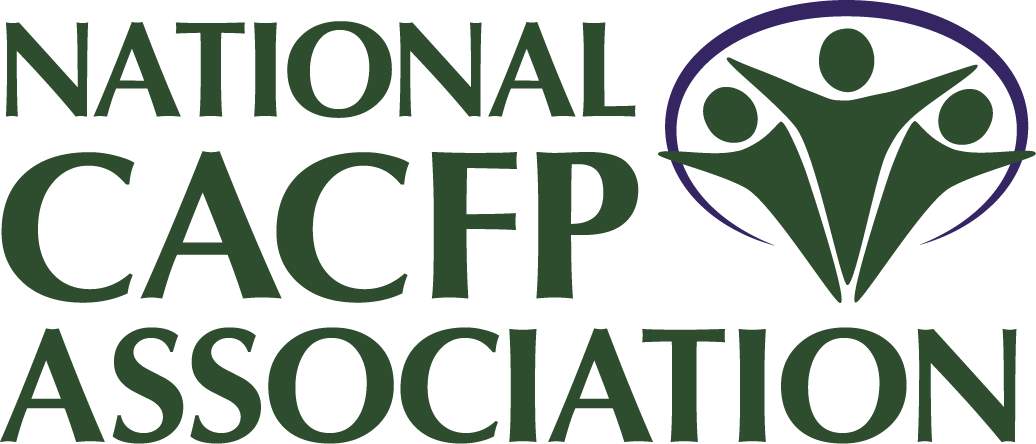





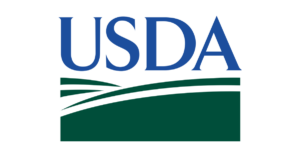

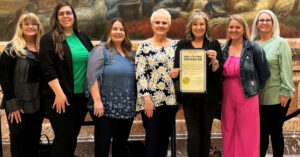
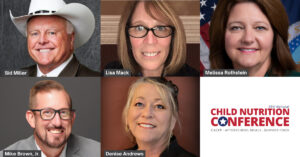


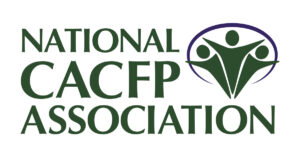
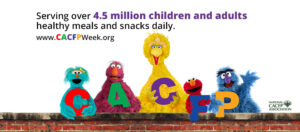


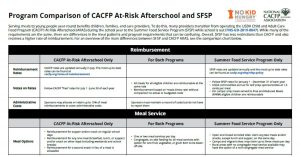

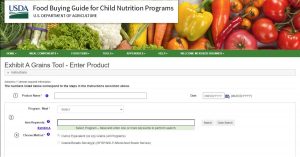
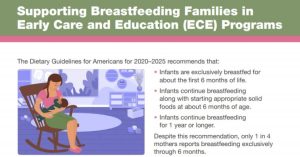








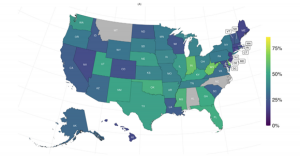




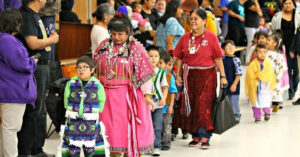
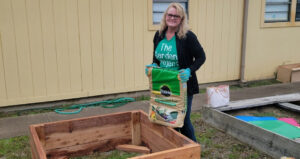
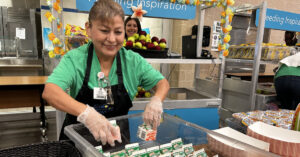
NCA Response – Request for Information on Grain-Based Dessert and High-Protein Yogurt Crediting
In December 2024, USDA released a request for information about grain-based dessert and high-protein yogurt crediting. After meeting with members and extensive research NCA has submitted our response to USDA stating our position on potential changes.
Read More